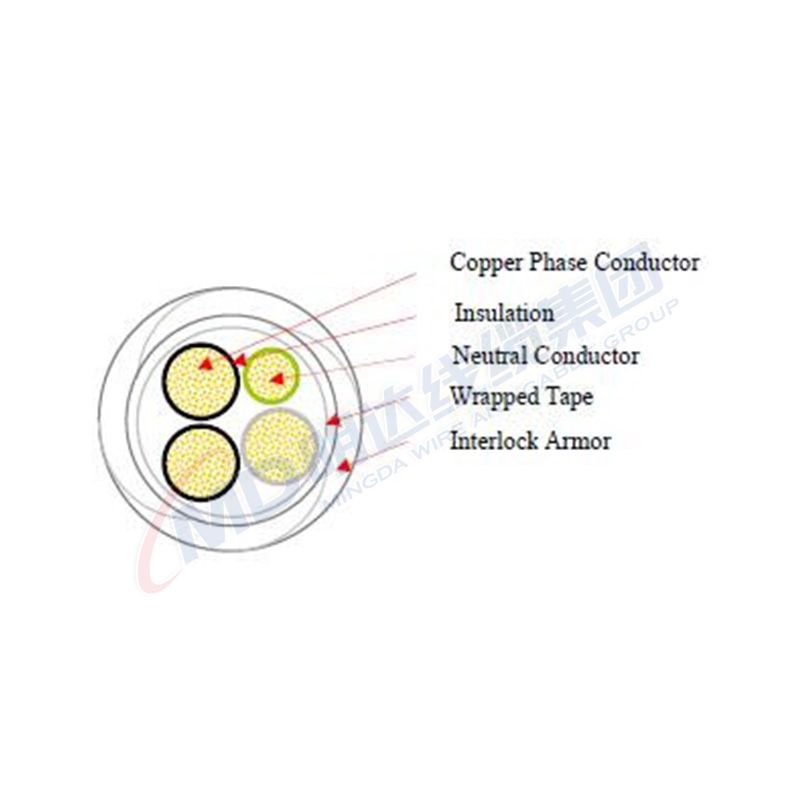9 月 . 10, 2024 17:02 Back to list
Air Release Valve Solutions | Enhance Efficiency & Safety
Understanding Air Release Valves Essential Components for Fluid Systems
Air release valves (ARVs) play a critical role in fluid systems, particularly in water distribution networks and wastewater systems. These valves are designed to release trapped air from pipelines, ensuring a smooth and uninterrupted flow of liquid. Their operation is crucial in maintaining system efficiency, preventing damage, and reducing the risk of air-related issues such as water hammer.
When liquids are transported through pipes, air can become entrapped due to changes in pressure or during the filling of pipelines. If not adequately managed, this trapped air can form pockets that obstruct the flow, leading to reduced capacity and increased wear on pumps and valves. Additionally, the presence of air can create turbulence, leading to noise and potential system failures. This is where air release valves come into play.
ARVs are typically installed at high points in a pipeline or at intervals along the system where air accumulation is likely. When the pressure in the pipeline decreases or when the system is filled with liquid, the air release valve opens, allowing the trapped air to escape. Conversely, when the system is under pressure, the valve closes to prevent the ingress of contaminants. This automatic operation ensures that the system remains efficient and that air pockets do not form.
air release valve

One of the key advantages of using air release valves is their contribution to operational safety. By releasing air that could otherwise lead to vapor lock or pressure surges, ARVs mitigate the risk of catastrophic failures. Furthermore, they help maintain the integrity of the pipework by reducing stress caused by fluctuating pressures.
Choosing the right air release valve for a specific application is essential. Factors such as pipe diameter, operating pressure, and fluid characteristics must be considered to ensure optimal performance. High-quality ARVs are typically made from durable materials such as stainless steel or durable plastics, designed to withstand harsh environmental conditions and corrosive liquids.
In conclusion, air release valves are indispensable in maintaining the efficiency and safety of fluid transport systems. By effectively managing air pockets, they ensure smooth operations and prolong the lifespan of piping infrastructure. As technology advances, the design and functionality of ARVs continue to evolve, further enhancing their role in modern fluid management solutions. Understanding and implementing these crucial components is a vital step toward optimizing any fluid system.
Share
-
Understanding the Differences Between Wafer Type Butterfly Valve and Lugged Butterfly ValveNewsOct.25,2024
-
The Efficiency of Wafer Type Butterfly Valve and Lugged Butterfly ValveNewsOct.25,2024
-
The Ultimate Guide to Industrial Swing Check Valve: Performance, Installation, and MaintenanceNewsOct.25,2024
-
Superior Performance with Industrial Swing Check Valve: The Essential Valve for Any SystemNewsOct.25,2024
-
Industrial Swing Check Valve: The Ideal Solution for Flow ControlNewsOct.25,2024
-
You Need to Know About Industrial Swing Check Valve: Functionality, Scope, and PerformanceNewsOct.25,2024